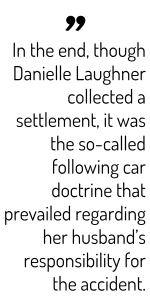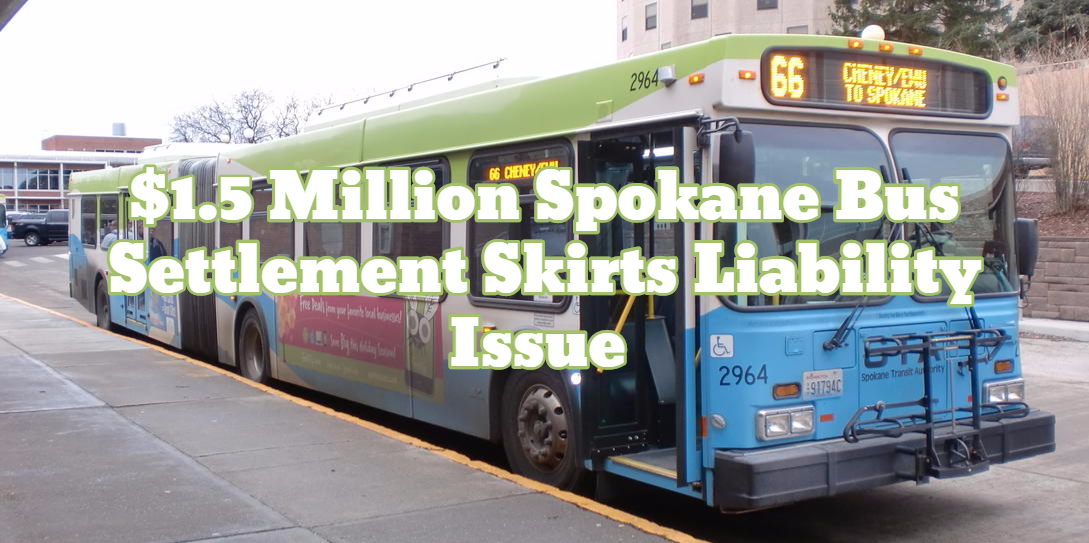A woman injured when the SUV in which she was a passenger rear-ended a Spokane Transit Authority (STA) bus has settled with the company for $1.5 million. The settlement carries no admission of liability.
Danielle Laughner was a bride of only one day when the SUV driven by her husband Brian Laughner struck the bus. Despite the STA settlement, her husband’s insurance company paid $25,000 after he was deemed responsible for the collision, according toThe Spokesman-Review.
 The accident occurred on March 4, 2011. The bus driver stopped in the right lane of four-lane U.S. Highway 2 rather than on the nine-foot shoulder next to a bus stop. He said he sought to avoid merging back into traffic and that the bus flashers were on.
The accident occurred on March 4, 2011. The bus driver stopped in the right lane of four-lane U.S. Highway 2 rather than on the nine-foot shoulder next to a bus stop. He said he sought to avoid merging back into traffic and that the bus flashers were on.
Danielle Laughner suffered a fractured pelvis, compound wrist and hand fractures, and other major injuries. To extract her, workers cut off the top of the SUV.
Journalist’s Resource reports that the University of Michigan’s Transportation Research Institute found that an average of 63,000 buses of all types are involved in accidents annually. Some 14,000 of these mishaps are linked to personal injury. Around 325 prove fatal.
In its safety tips, the Federal Motor Carrier Safety Administration cautions bus drivers to be aware of potential No-Zones, blind spots where collisions are likely to happen. Brian Laughner indicated that his view of the STA bus was blocked initially by a delivery van between his SUV and the parked bus. State transportation authorities had already discussed how to get funds for a wider bus stop.
Danielle Laughner’s attorney argued that the bus driver’s failure to pull off the highway created a traffic hazard. Her legal team also found that one STA driver policy cites the need for drivers to move off the road whenever possible.
STA attorneys countered that it was up to the bus driver’s discretion whether to pull over or not. The Washington State Transit Insurance Pool settled the case, which carried no admission of liability.
In the end, though Danielle Laughner collected a settlement, it was the so-called following car doctrine that prevailed regarding her husband’s responsibility for the accident.


